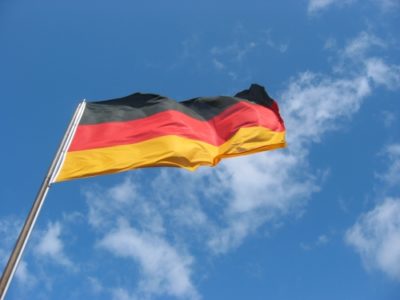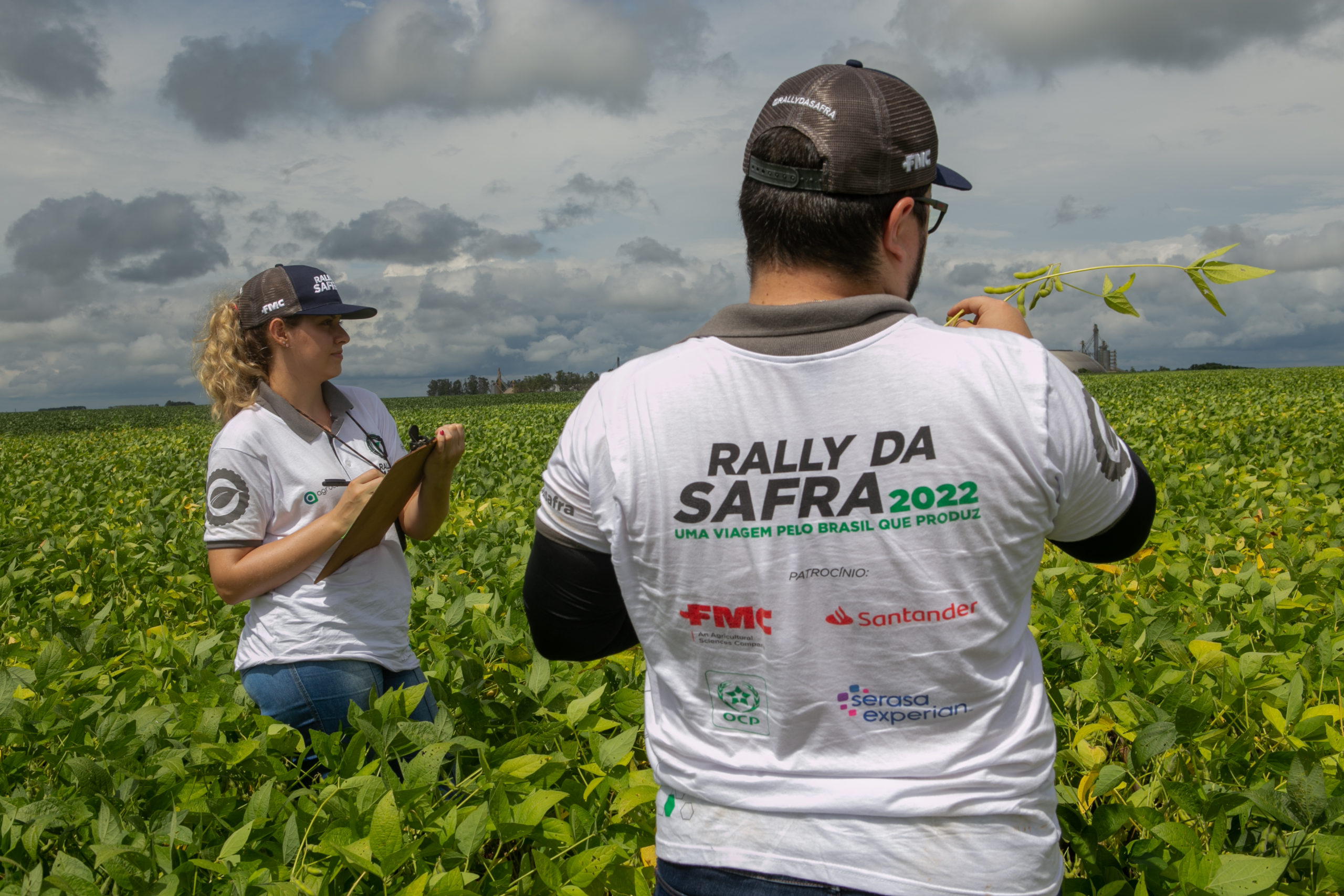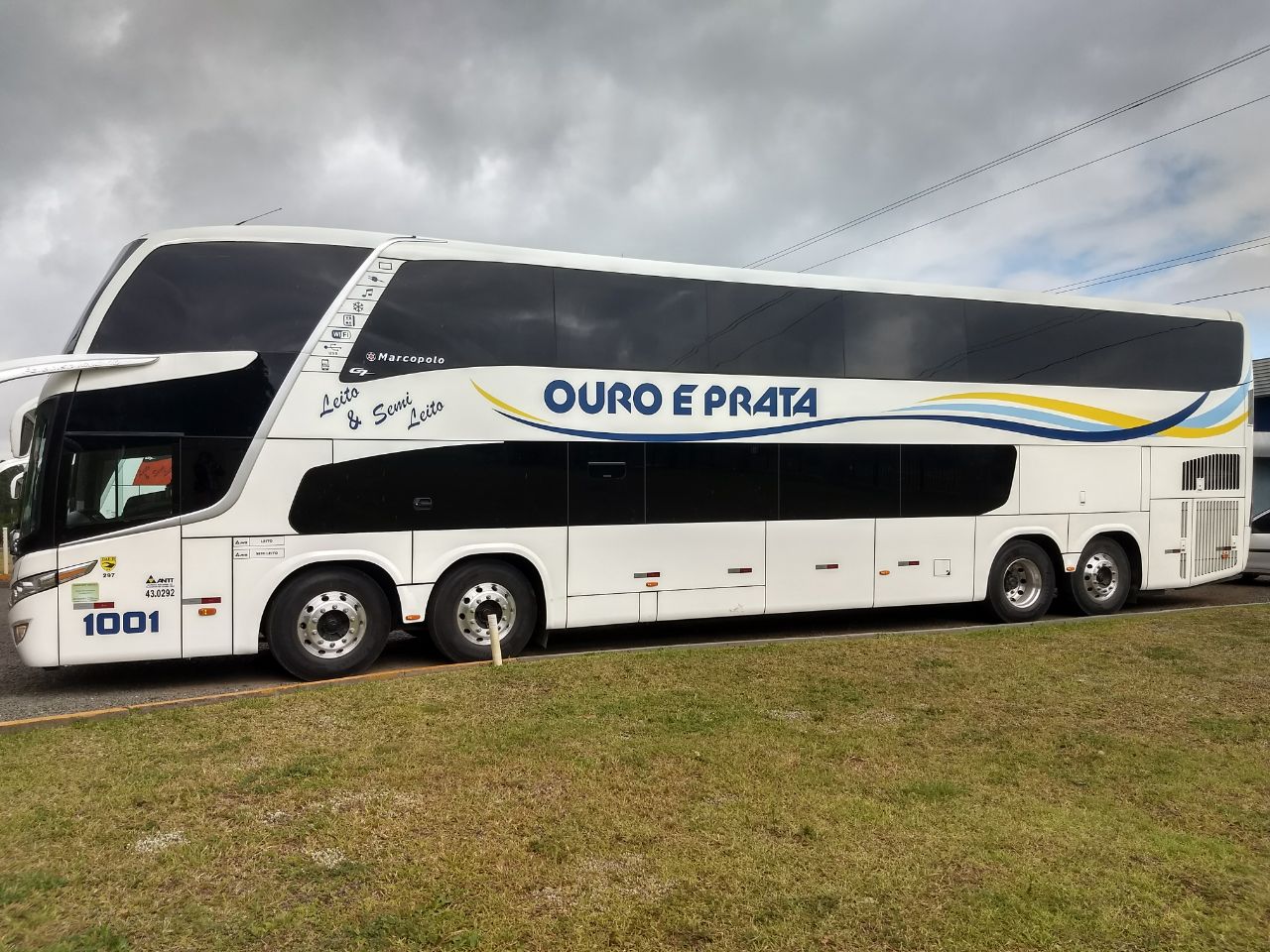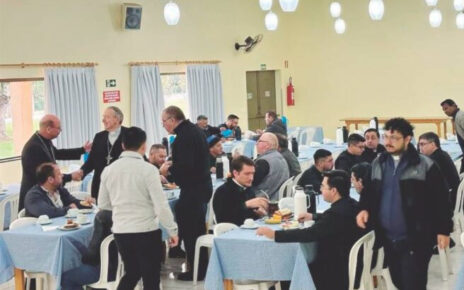When I found out that Alfredo Wagner was not a destination for German Immigration, I was very surprised! The publication made in Alfredo Wagner in Revista – Jubileu de Diamante 1961/2021 on page 6 is not a writer’s bravado, but the result of research based on historical facts.
I confess that I was also sad when, studying the history of Alfredo Wagner, I discovered that the city was not of German origin…
What happened, then, for a fakenews to become a “truth” published even in books and websites?
In psychology the fact is known as: “the illusion of truth”. Says the BBC website: “The maxim that ‘just repeat a lie and it becomes the truth’ is one of the basic rules of political propaganda, constantly attributed to the Nazi Joseph Goebbels. Among psychologists, it is known as the ‘illusion of truth’ effect.
“The results, continues the BBC talking about experiments carried out, show that people tend to assess as true statements they have heard before, even if they are false. That’s because they simply sound more familiar.”
In the history of municipalities, this effect is very common. Community memories usually last 1 generation or so, around 25 years. The fact, when being contacted, will be increased and modified, transforming into invented facts.
The job of a historian is not easy! We must seek in written sources the real fact and restore the truth, even though most are already fake news turned into “truth” by continuous and methodical repetition.
Let’s go to Alfredo Wagner’s 5 Truths about German Immigration:
- Alfredo Wagner was not the destination of groups of German immigrants as were the cities of São Pedro de Alcântara, Colônia Santa Isabel, Blumenau, Joinvile, Itapiranga, São Martinho, Itajaí, etc.
- Upon arriving in Brazil, German immigrants sought naturalization and registered their children as soon as they were born as Brazilians. Therefore, any movement of migrants between the colonies were mostly native Brazilians.
- The Santa Teresa Military Colony (currently Catuíra) was the destination of dozens of children and grandchildren of immigrants who required engagement as a settler soldier, receiving pay and land, in exchange for part of their time in the service of the Brazilian Army. These requests were individual. Immigrant groups did not require engagement. The Patron of the Municipality, Alfredo Henrique Wagner, was a Brazilian born, grandson of a German immigrant.
- The Companhia Colonização e Indústria de Santa Catarina, directed by Carlos Napoleão Poeta at the end of the 19th century (when there was no longer a flow of European immigrants to southern Brazil) was responsible for the distribution and sale of land until the 1930s. XX. It did not receive groups of immigrants from Europe, but individuals and their families. The buyers of their lands were Brazilians of different ethnicities, including: Germans, Italians, Poles, Luxembourgers.
- The main colonies and origins of their settlers (most numerous groups) Source: Wikipedia
– Colônia Dona Francisca (today Joinville and region): Prussia, Oldenburg, Mecklenburg, Pomerania, Schleswig-Holstein, Hannover, Braunschweig, Silesia, Brandenburg, Westfalia, Saxony , Switzerland, Austro-Hungarian Empire, Scandinavia, Russia (various German-Slavs)
– São Paulo de Blumenau (now Blumenau and region): Prussia, Oldenburg, Mecklenburg, Pomerania, Schleswig-Holstein, Hannover, Braunschweig, Silesia, Brandenburg, Westphalia , Saxony [1]
– Colonia Leopoldina (today Antônio Carlos): Rhinelanders (from the Hunsrück region) and Luxembourgers.
– Hansa colonies (today Corupá and Ibirama): Prussia, Oldenburg, Mecklenburg, Pomerania, Schleswig-Holstein, Hannover, Braunschweig, Silesia, Brandenburg, Westphalia, Saxony, Switzerland, Austro-Hungarian Empire, Scandinavia, Russia (German-Slavs in general).
– São Pedro de Alcântara Colony: Rhinelanders (from the Hunsrück region) and Luxembourgers.
– Teresópolis Colony: Rhinelanders (from the Hunsrück region) and Luxembourgers.
– Colonia Itajahy (today Itajaí): Baden, Oldenburg, Schleswig-Holstein, Hannover, Pomerania, German-Slavs (Polish and Russian)
– Spontaneous Colony of Braço do Norte- Bonus – What was German immigration in SC:
German immigration in Brazil and especially in Santa Catarina was the organized displacement of groups formed by hundreds of people with a destination defined and determined by the organizers and the Government of Brazil. Individual or even family migrations have always occurred, but the formation of specific groups required contact between governments and an organization that previously visited the place where the immigrants were to be housed, determining the health and agricultural ease. Selected groups have come on several occasions to settle in the cities mentioned above. Current numbers: - – Total population: 3.6 million descendants in 1986 (according to Born and Dickgiesser); 3.6% of the Brazilian population in 1999 (according to Schwartzman); 5 million descendants in 2004 (according to Deutsche-Welle)
- – Regions with significant population: Mainly in the South and Center-West regions. Relevant presence in the center-south of Minas Gerais, interior of the states of São Paulo, Espírito Santo and Rio de Janeiro. Internal migrations across the country.
- – Languages: Portuguese. Minorities speak German and its dialects, most notably Hunsrückisch, a High German dialect, and the Pomeranian language.
- – Religions: Predominantly Christianity, mainly Lutheranism and Catholicism.
- Bonus – What was German immigration in SC:



